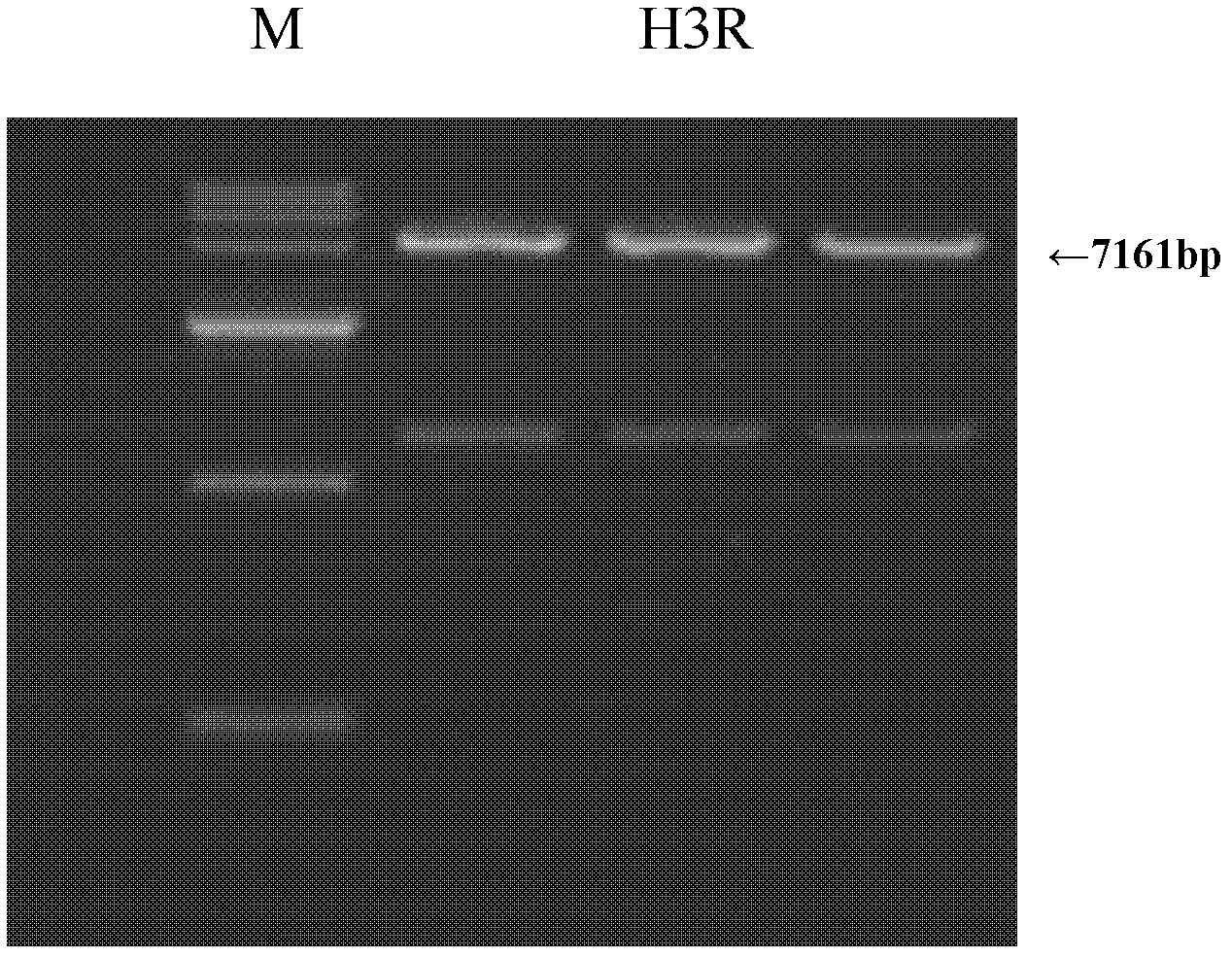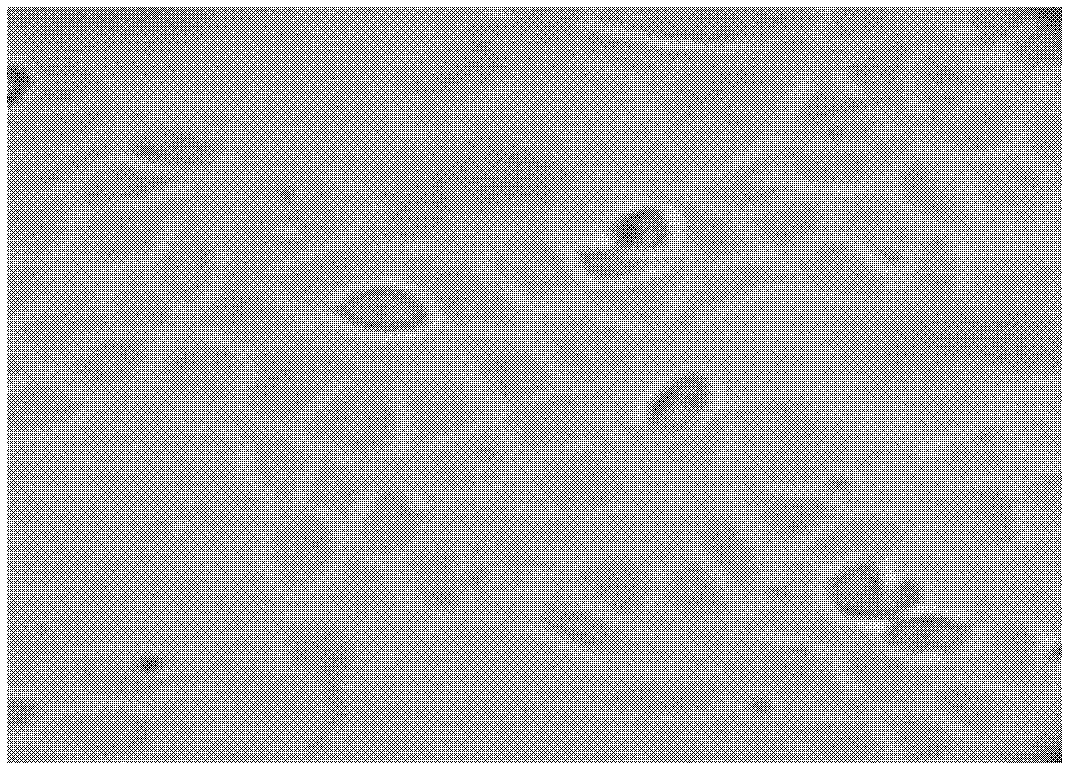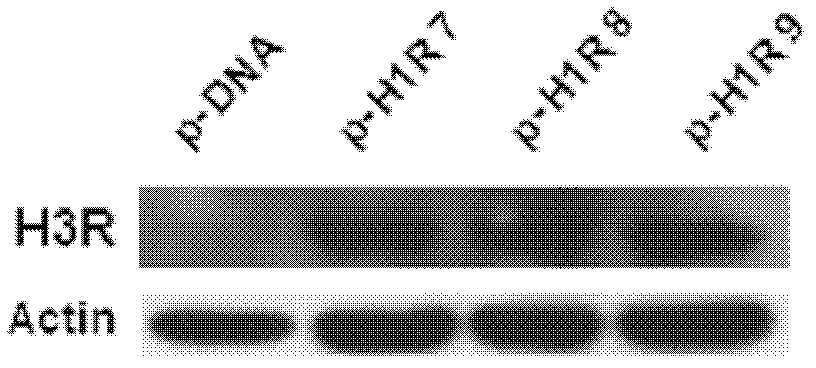Construction method of recombinant HEK (human embryonic kidney) 293 cells highly expressing H3R (histamine receptor 3)
A construction method and a technology for recombining cells, which are applied in the field of recombination cells to achieve the effect of improving specificity and sensitivity
- Summary
- Abstract
- Description
- Claims
- Application Information
AI Technical Summary
Problems solved by technology
Method used
Image
Examples
Embodiment Construction
[0022] The present invention will be described in detail below in conjunction with the accompanying drawings and implementation.
[0023] In the present invention, based on the eukaryotic expression vector pEZ-M02 / H3 that amplifies the full-length H3R gene, HEK293 cells are transfected to obtain a recombinant HEK293 / H3 cell line that is stable and highly expresses H3R. The following is a detailed description of this aspect , the description is to explain rather than limit the present invention.
[0024] A method for constructing recombinant HEK293 cells with high H3R expression, comprising the following steps:
[0026] Prepare Escherichia coli DH5α competent cells according to the molecular cloning experiment guide, add 10 μL of pEZ-M02 / H3 plasmid to 200 μL competent cells, ice bath for 30 minutes, heat shock at 42°C for 90 seconds, add 10 mL of ampicillin-free LB liquid culture Shake at 37°C for 1h, centrifuge at 3000rpm for 3min, pipette the ce...
PUM
 Login to View More
Login to View More Abstract
Description
Claims
Application Information
 Login to View More
Login to View More - R&D
- Intellectual Property
- Life Sciences
- Materials
- Tech Scout
- Unparalleled Data Quality
- Higher Quality Content
- 60% Fewer Hallucinations
Browse by: Latest US Patents, China's latest patents, Technical Efficacy Thesaurus, Application Domain, Technology Topic, Popular Technical Reports.
© 2025 PatSnap. All rights reserved.Legal|Privacy policy|Modern Slavery Act Transparency Statement|Sitemap|About US| Contact US: help@patsnap.com



